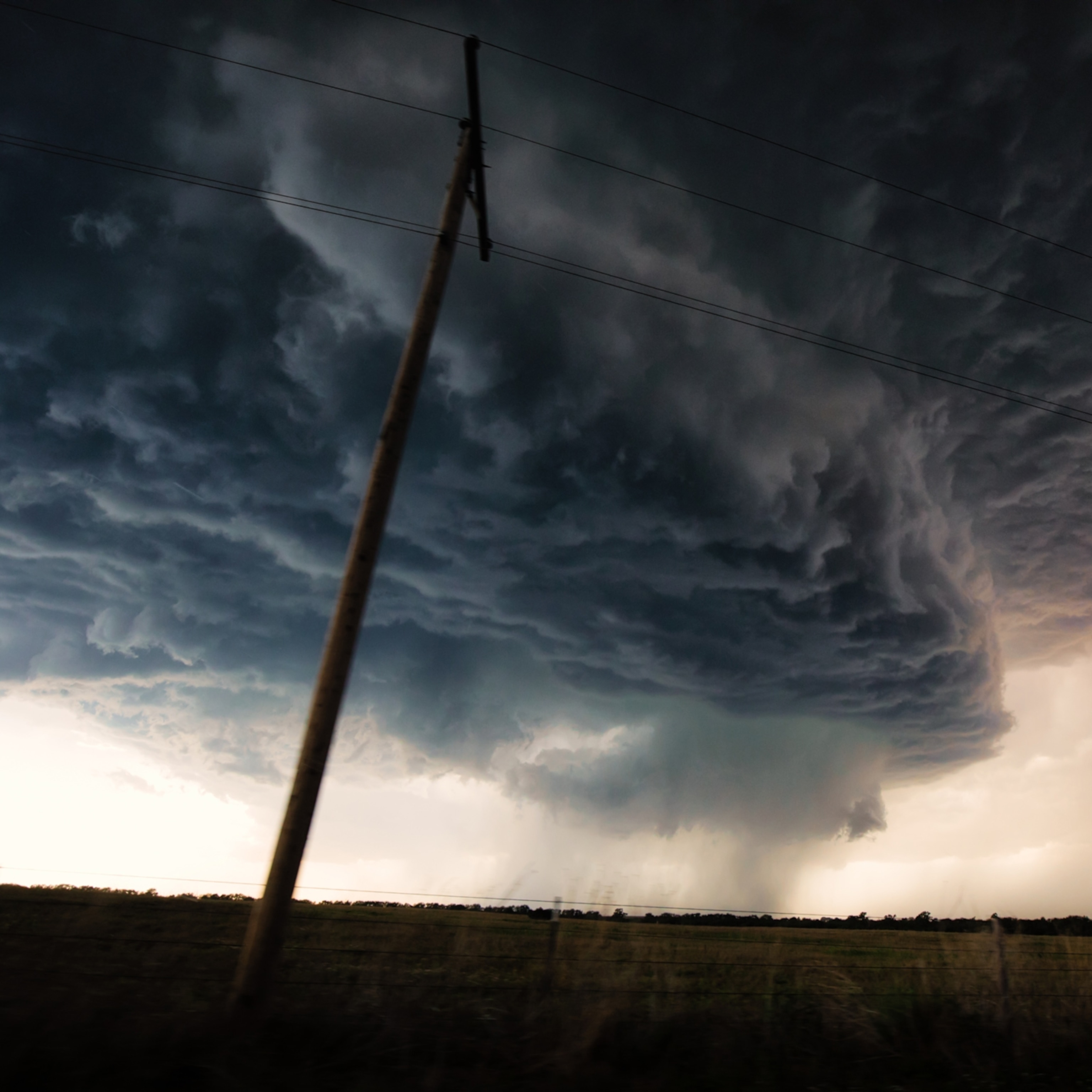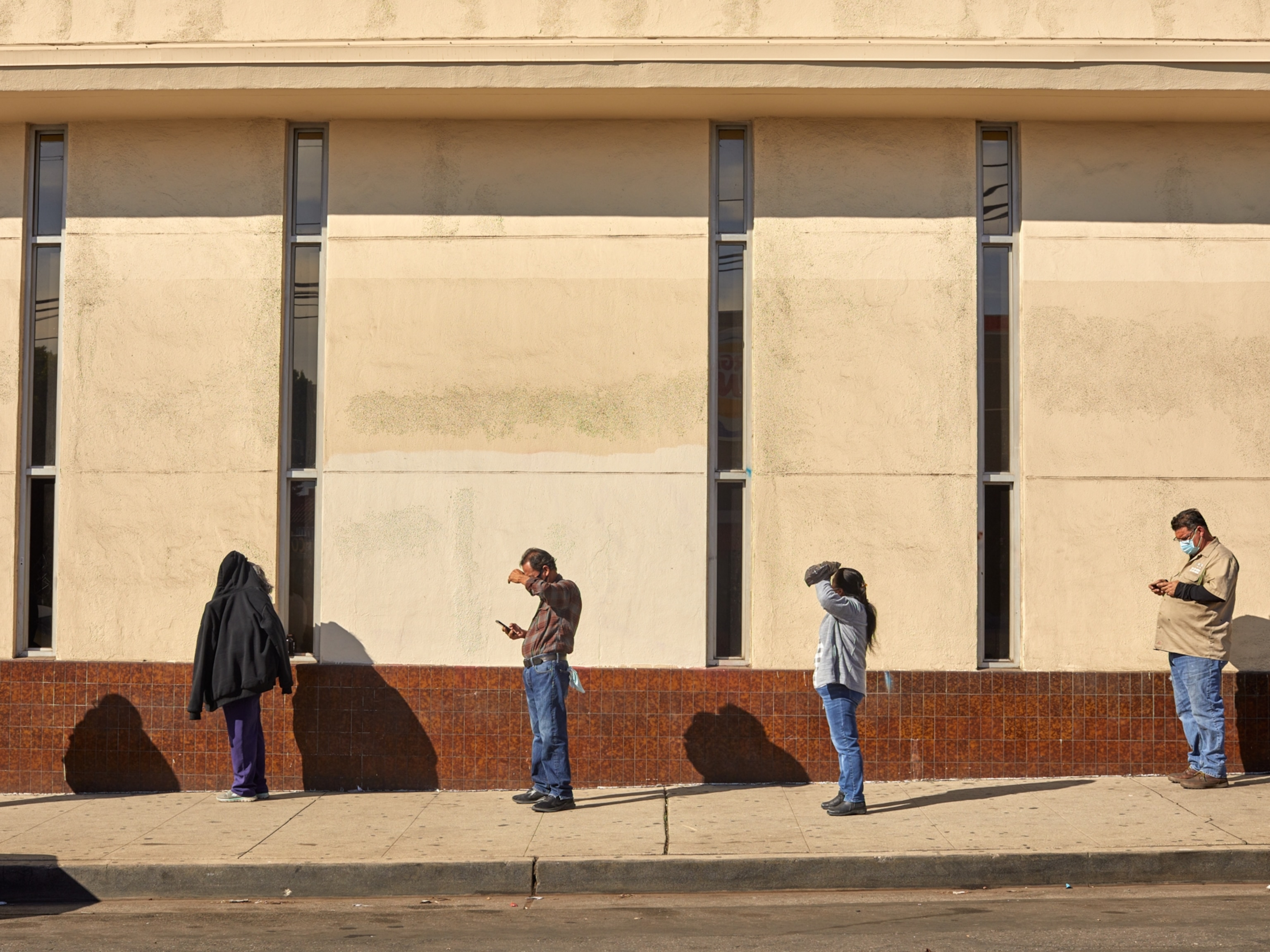
As the World Warms, Part of the American Southeast Cools
There are several explanations for regional "global warming hole," scientists say.
Although the Deep South has a reputation for hot, steamy weather, part of the Southeastern United States actually experienced cooler-than-normal temperatures in the years between 1991 and 2012.
That fact has been highlighted in a major report on climate change released by the White House this week. Long-term trends suggest the region, like most of the planet, will continue to warm, but the reasons for the localized cooling may provide insight into how climate systems work, scientists say.
Released Tuesday, the third National Climate Assessment is a peer-reviewed, comprehensive look at the impacts of global warming on the United States. It was written by several hundred scientists and other experts, with input from 13 federal agencies and the public. (See "Federal Climate Change Report Highlights Risks for Americans.")
In the section on the Southeast, the report noted that cooling in part of the region between 1991 and 2012 was "unusual compared to the rest of the U.S. and the globe." The phenomenon has been dubbed the "global warming hole."

The area that saw the most cooling during that time, southern Alabama, saw a decrease of 0.5°F to 1°F (0.3°C to 0.5°C) over the previous average.
One of the section's authors, Louisiana-based Virginia Burkett of the U.S. Geological Survey, told National Geographic, "We cannot confidently explain the cooling period that skews the average temperature trend in the Southeast, but there are several theories."
She stressed that the overall region, like the rest of the country, is still experiencing warming on a longer time scale, and that average temperatures are currently rising.
Reasons for the Warming Hole?
Another co-author of the Southeast section of the National Climate Assessment, Jayantha Obeysekera of the South Florida Water Management District, said the exact cause of the warming hole remains a "kind of open question," but it could be related to the cyclical El Niño-La Niña changes in ocean temperatures.
Another report author, climate scientist Leonard Berry of Florida Atlantic University, concurs. "El Niño and La Niña are quite powerful, multiyear oscillations that can have strong impacts on the region," he says.
Eric Leibensperger, a climate scientist at the State University of New York, Plattsburgh, told National Geographic that temperatures in the Southeastern U.S. seem to be particularly sensitive to air flowing from the Gulf of Mexico, which contains a lot of water vapor.
The moist air forms clouds and precipitation, which can lead to cooling. Large-scale cycles like El Niño can accelerate that process.
Obeysekera says changing land-use patterns might have also contributed to the cooling phenomenon. For example, shifts in agricultural practices may have led to more irrigation, which can lead to localized cooling.
Another possible explanation was published by Leibensperger and colleagues in the journal Atmospheric Chemistry and Physics in 2012. "What we've shown is that particulate pollution over the eastern United States has delayed the warming that we would expect to see from increasing greenhouse gases," Leibensperger said at the time.
In particular, sulfate particles emitted by coal-fired power plants can serve as reflectors of the sun's heat, bouncing it back into space, the scientists noted. The Southeast is heavily reliant on coal and has numerous such plants, so localized sulfate pollution could result in regional cooling.
The carbon dioxide emitted from the same coal plants is still a potent greenhouse gas that is driving global warming overall, but Leibensperger's work suggests that the sulfates may have provided some degree of counterbalance on a local level.
Since a number of those plants have been cleaned up in the past few years, there is less sulfate pollution, so there should be less cooling going forward, Leibensperger suggests.
Overall Warming
Berry says that the National Climate Assessment still found that the long-term trend for the Southeast as a region is one of warming.
"The science doesn't blindly say that temperatures have to go up all the time, there are still fluctuations," he says. "But the report says temperatures are going to go up."
Specifically, the report concluded that average temperatures in the Southeast would rise 4°F to 8°F by 2100 (2°C to 4°C), depending on how much greenhouse-gas emissions continue to grow. The states in the interior of the region would see increases greater than the coastal states, by 1°F to 2°F (0.5°C to 1°C).
The report also noted that "major consequences of warming include significant increases in the number of hot days (95°F [35°C] or above) and decreases in freezing events."
Current Impacts
The Southeast has already been feeling the effects of climate change, the report noted, including sea level rise, increased risk of severe storms such as hurricanes, and heat spells. (See "Climate Report Provides Opportunity to Bridge Political Divide.")
Sea level has already risen five to nine inches (13 to 23 centimeters) in the region over the past 50 years or so, says Berry. It has been most noticeable at high tides, and it has already caused damage along the coast.
"We're looking at seven inches [18 centimeters] by 2030 and up to two feet [61 centimeters] by 2060," says Berry. (See "Rising Seas" in National Geographic magazine.)
Already, local officials are starting to plan for those changes.
In Miami, reversible pumps have been installed to push rising water out. In Ft. Lauderdale, a coastal road that was washed out by Hurricane Sandy is being narrowed from four lanes to two and is getting reinforced with a stronger barrier to withstand the pressures of rising water.








